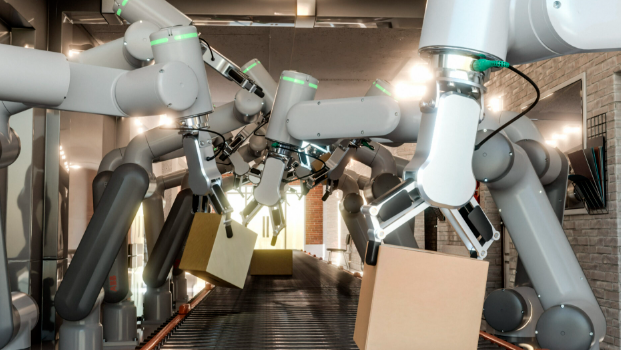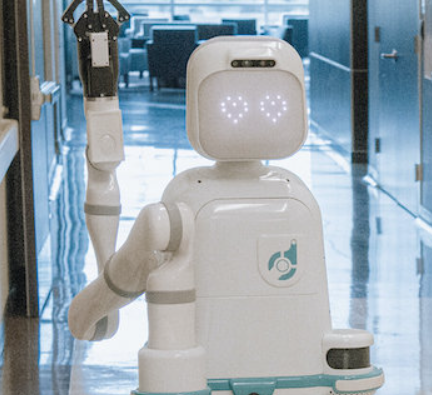
In today’s competitive and fast-moving industrial landscape, automation has become a major catalyst for transformation. Robotic applications are no longer futuristic concepts—they’re now vital components of daily operations across a variety of sectors. By integrating smart automation technologies, businesses are not only boosting productivity but also unlocking new growth opportunities.
Why Automation Fuels Industrial Growth
To keep pace with global market demands, industries must operate more efficiently while adapting to ever-changing conditions. One of the most effective strategies to achieve this is through automation. Robotic systems reduce the burden of repetitive tasks, giving workers the freedom to focus on higher-value responsibilities. The result is a leaner, more agile operation that’s better equipped to respond to customer needs.
Building a Smarter, More Flexible Production Model
One of the hallmarks of Industry 4.0 is flexibility. Robotic systems enable companies to adjust processes with minimal disruption, making it easier to shift production lines or reconfigure operations in response to new requirements. Whether it’s customizing products or meeting a sudden spike in demand, automation allows businesses to adapt quickly without sacrificing efficiency.
Cutting Costs While Increasing Output
Time is one of the most valuable resources in any industry. Mobile robots help save time by accelerating production cycles, which in turn reduces the time it takes to bring products to market. These systems also minimize waste by using materials more precisely and reducing maintenance expenses. With greater output and lower operational costs, companies achieve a more favorable cost-per-unit ratio.
Enhancing Process Control and Workplace Safety
A major advantage of robotic systems is the ability to monitor and optimize every stage of production. Enhanced visibility allows for quicker identification of errors, improved quality assurance, and reduced downtime. These systems also contribute to a safer workplace by handling tasks that might pose risks to human workers, particularly in environments with heavy machinery or hazardous materials.
Turning Data into Strategic Insight
Modern robotic platforms don’t just perform tasks—they collect and analyze data in real time. This information helps decision-makers predict outcomes, optimize processes, and plan future operations more effectively. The ability to generate accurate, actionable insights gives companies a competitive edge, helping them stay one step ahead in a rapidly evolving market.
Expanding Horizons with Scalable Technology
When production becomes more efficient and decision-making more informed, businesses are better positioned to explore new opportunities. Robotic systems allow companies to scale operations without overextending resources. This paves the way for entering new markets, attracting broader customer bases, and enhancing brand value through operational excellence.
Real-World Use of Mobile Robotics
In logistics, mobile robots are frequently deployed to transport goods within warehouses or across production sites. These systems often operate in coordination with a Fleet Management System (FMS), which ensures smooth collaboration between robots and other operational tools.
In inspection and maintenance roles, mobile robots are fitted with sensors or vision systems to assess infrastructure health. They can navigate to areas that might be unsafe for humans, offering a safe and automated method to detect issues before they become serious.
Industry 4.0 is reshaping the way businesses operate. As companies look to grow sustainably and meet modern challenges, the adoption of mobile robotic applications provides a reliable path forward. From improved safety to smarter operations, automation is not just enhancing performance—it’s redefining what industrial success looks like.












